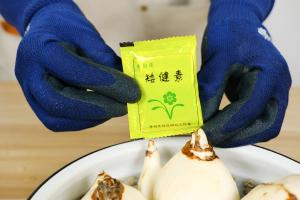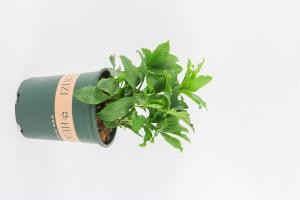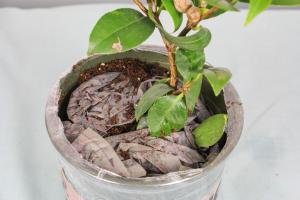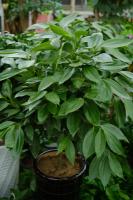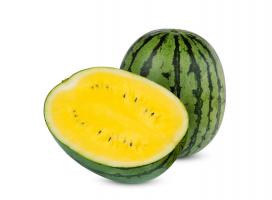How Long to Let Tap Water Sit Before Watering Plants
Watering plants is an essential part of gardening. While tap water is readily available and convenient, it may contain chemicals and minerals that can affect the health of your plants. To avoid harming your greens, it's important to know how long to let tap water sit before watering your plants.
The Importance of Allowing Tap Water to Sit
Tap water often contains chlorine, which is added to kill bacteria and other harmful organisms. While safe for humans to drink, chlorine can be harmful to plants. When chlorine is present in water, it can constrict plant roots and prevent them from absorbing nutrients efficiently. Furthermore, tap water may also contain minerals like fluoride, which, in excess, can cause damage to plant tissues and inhibit growth.
To reduce the harmful effects of tap water on plants, it's important to allow the water to sit for a certain period before watering. By letting the water sit, chlorine will evaporate, and minerals will settle at the bottom of the container. The ideal waiting period will depend on the amount of chlorine and minerals in the water.
How Long to Let Tap Water Sit
Most experts recommend letting tap water sit for at least 24 hours before using it to water plants. During that time, chlorine will evaporate, and minerals will settle. For areas with particularly hard water, you may need to let the water sit for a longer period to ensure that minerals have settled. On the other hand, if you have a water filter that removes chlorine, you can use the filtered water to water your plants right away.
It's also essential to consider the type of plants you have before watering them with tap water. Different plants have different tolerance levels for chlorine and minerals. For example, some plants, like ferns and spider plants, are highly sensitive to chlorine and may need to be watered with distilled or filtered water. If you're unsure about your plant's tolerance level, it's best to err on the side of caution and let the water sit for at least 24 hours.
Alternatives to Tap Water
If you're looking for alternatives to tap water, there are several options to consider. Rainwater, for example, is an excellent source of water for plants. Rainwater is free of chlorine and contains essential nutrients and minerals that plants need to grow. However, access to rainwater may be limited, especially during dry seasons or in areas with low rainfall.
You can also consider using distilled or filtered water. Distilled water is free from minerals and other contaminants and is safe for all types of plants. Filtered water, on the other hand, may still contain some minerals, but chlorine and other harmful organisms are removed.
Final Thoughts
Knowing how long to let tap water sit before watering your plants is an essential part of gardening. By allowing the water to sit, you can reduce the amount of chlorine and minerals present, which will help your plants absorb nutrients more efficiently. Additionally, if you're using tap water, it's important to consider your plant's tolerance level and adjust your watering habits accordingly. With these tips in mind, you can keep your plants healthy and thriving all year round.

 how many times do yo...
how many times do yo... how many planted tre...
how many planted tre... how many pine trees ...
how many pine trees ... how many pecan trees...
how many pecan trees... how many plants comp...
how many plants comp... how many plants can ...
how many plants can ... how many plants and ...
how many plants and ... how many pepper plan...
how many pepper plan...